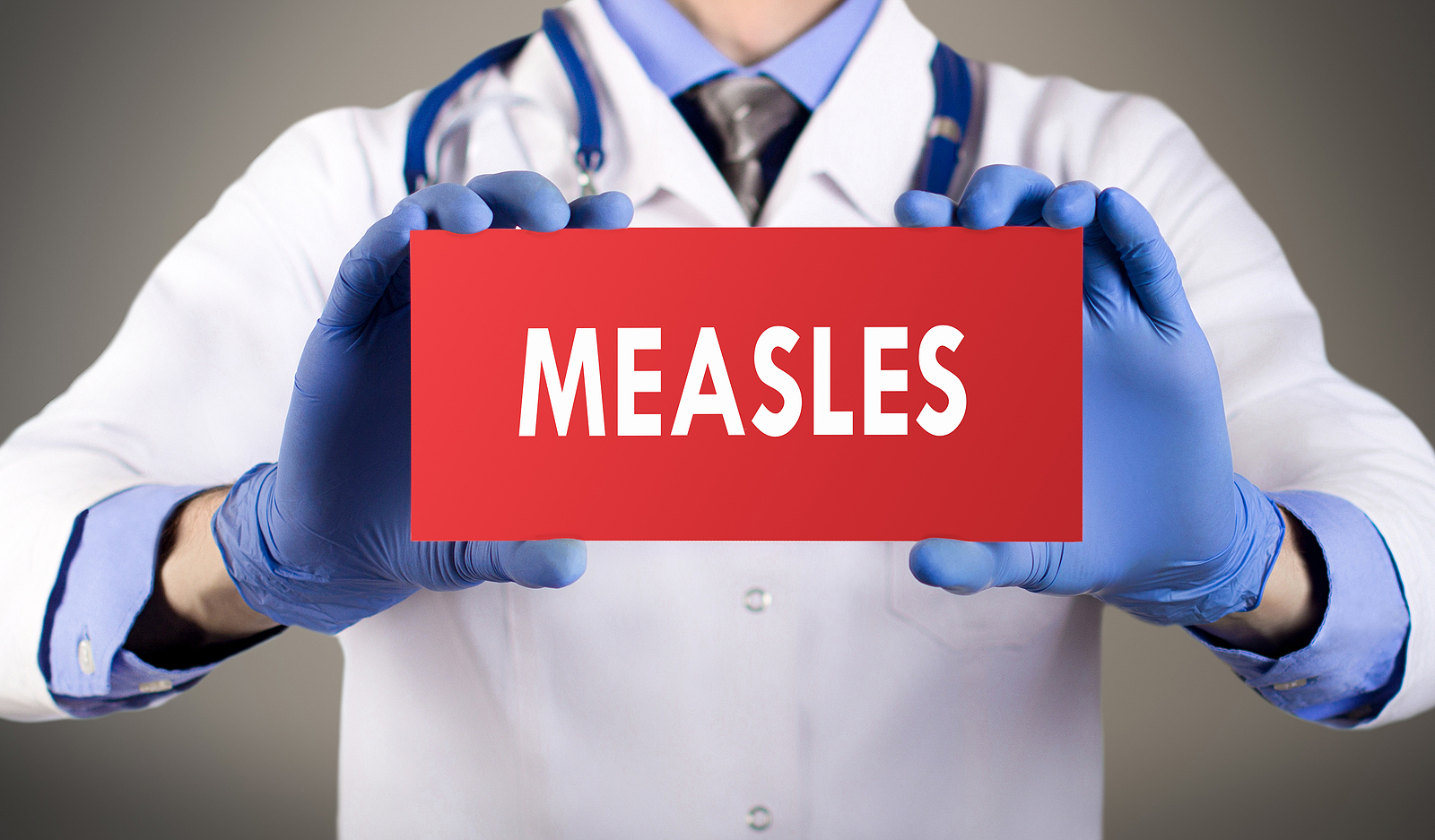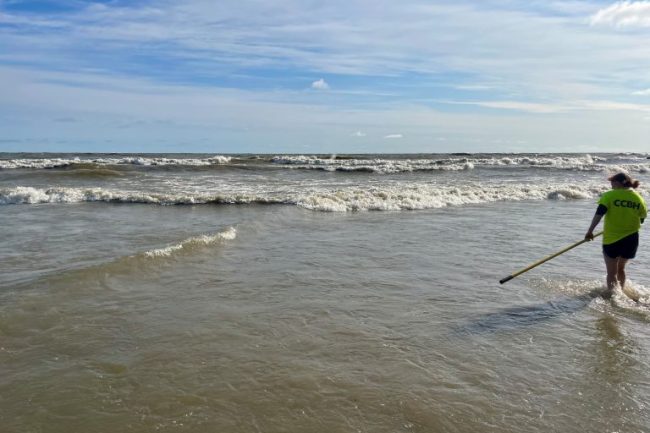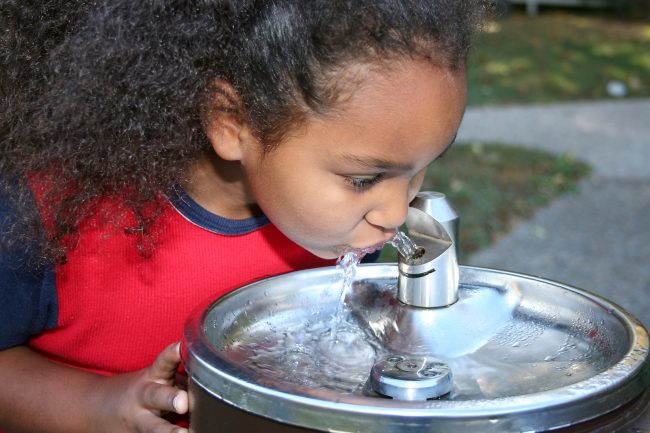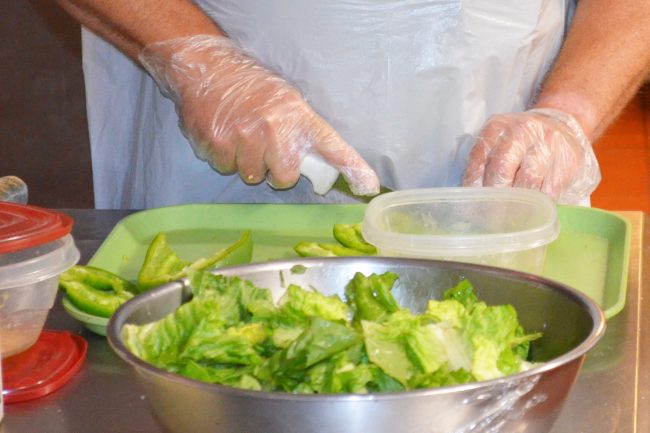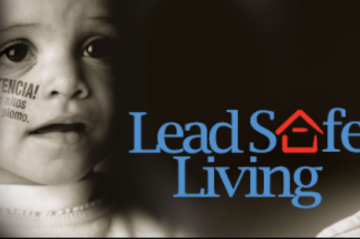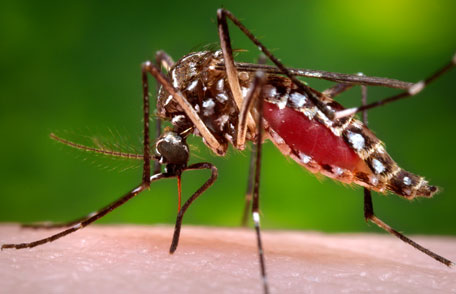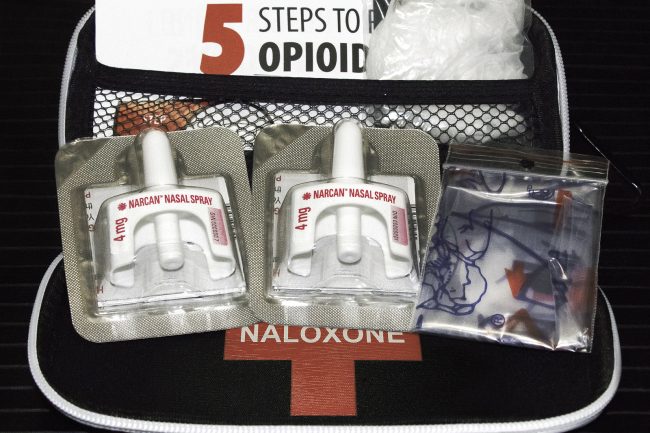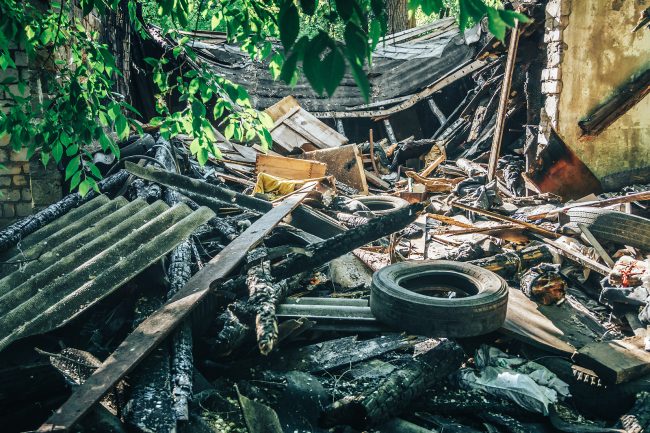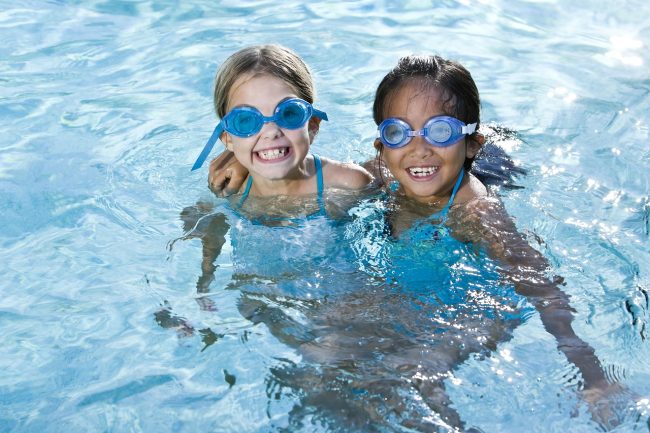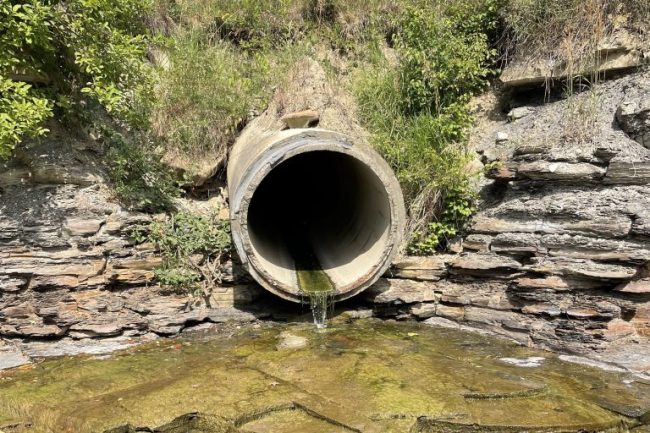Environmental Public Health Services
Goals
To reduce environmental exposures that can negatively impact health status and outcomes.
To enforce policies and uphold programs designed to protect humans from environmentally-based injury and communicable disease.
To protect the residents and businesses within our county by collaborating with local municipalities and partners.
Current issues in our county
The Ohio Department of Health estimates that two-thirds of all housing units in Ohio were built before 1980 and contain lead paint or other lead-based dangers. Children in Cuyahoga County are at the highest risk statewide for lead exposure.
Critical violations noted during routine food inspections can contribute to foodborne illness.
Increased development of natural environments leads to harmful effects such as soil erosion and groundwater contamination.
Current health data about our county
We conduct nearly 10,000 routine food inspections and provide food safety education to more than 1500 food employees each year.
Since 1993, more than 10,000 septic systems countywide have been replaced by the installation of new sanitary sewer systems.
As of year-end 2023, we have completed remediation of lead-based hazards on approximately 2,300 housing units over a 20-year period.
Program goal
To protect the public from the threat of rabies, which can result in death if left untreated.
Program goal
To use water quality sampling results to decide whether or not the waters are safe for swimming, from a bacterial standpoint.
Program goal
To establish specific procedural, record-keeping, safety, and sanitation standards to reduce/eliminate the potential for localized bacterial infections, exposure to blood borne pathogens and the transmission of infectious diseases.
Program goal
To provide safe drinking water through a partnership with the Environmental Protection Agency (EPA), state and local authorities, and the water system operator.
Program goal
To conduct regular inspections and deliver education to assure that operators can prepare and serve food in a safe and appropriate manner.
Program goal
To provide resources, in-home testing services, and to screen for elevated blood lead levels in children less than 6 years of age with the intent of eliminating childhood lead poisoning.
Program goal
To identify the level of mosquito breeding among adult mosquito populations, to respond to complaints, and to provide resources that help to prevent nuisances, injury and infection.
Program goal
To increase awareness and distribution of Naloxone, a life-saving medication that can reverse an opioid overdose.
Program goal
To provide guidance regarding nuisance conditions, examples of which may include improper storage of garbage, accumulation of animal wastes, rodents, and mold and moisture problems, and properly correct any such conditions with the cooperation of property owners and municipalities.
Program goal
To enforce the statewide smoking ban enacted in November 2006 which prohibits smoking in public places and places of employment. Through complaint response and routine inspections, we help to provide a minimum standard of protection from the health hazards associated with exposure to secondhand smoke.
Program goal
To prevent recreational water illnesses and promote water safety for swimmers by conducting regular inspections and educational opportunities.
Program goal
To assist communities in reaching their stormwater management plan goals, primarily detection and elimination of illicit discharge and pollution prevention.

